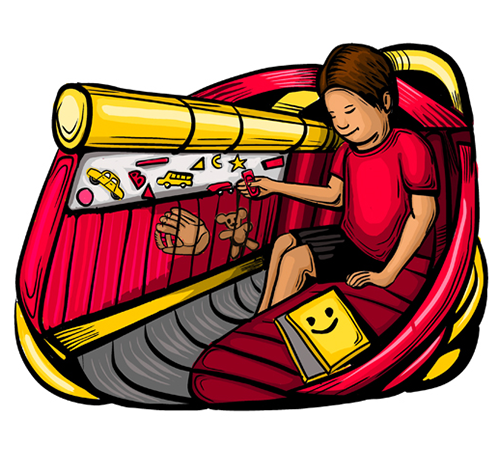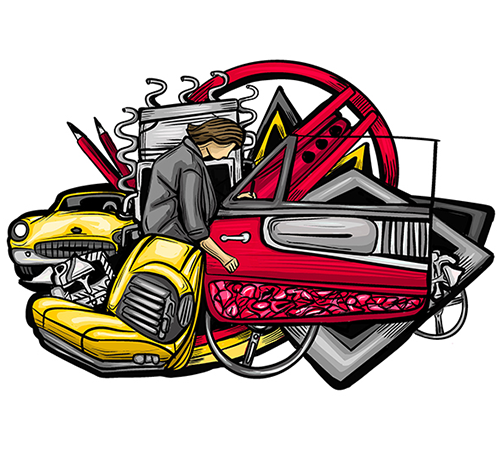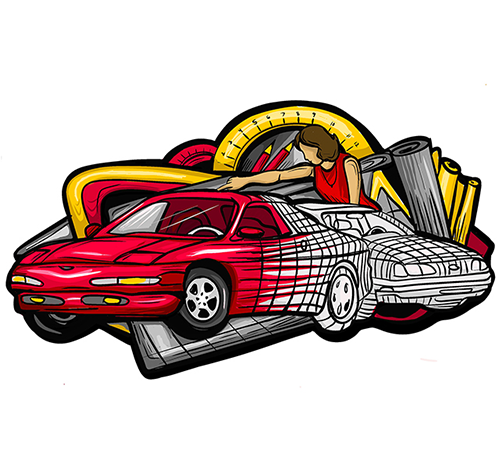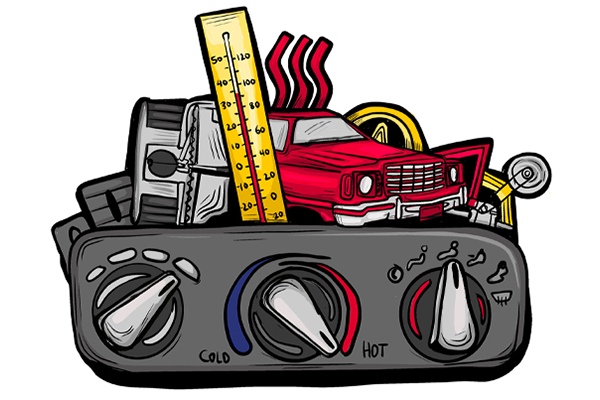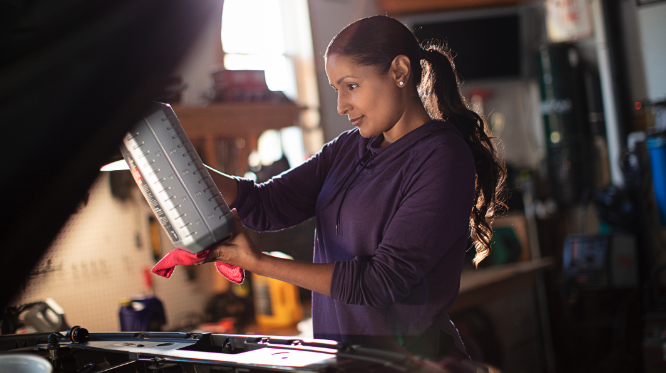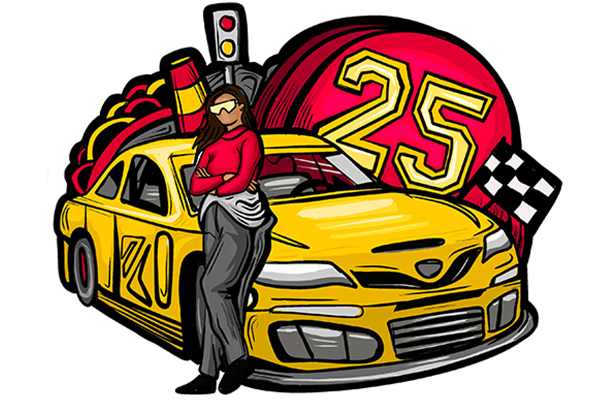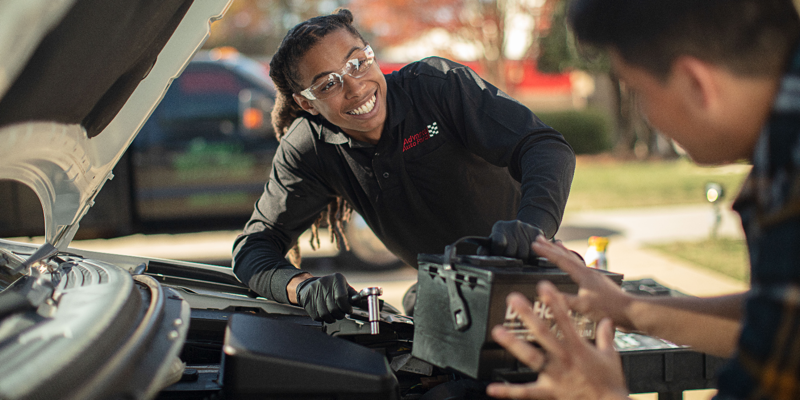Did you know that as automobiles grew in popularity, many women were drafted to help make the vehicles more family-friendly? They were often put into design roles or in charge of products specifically targeted at women. However, their contributions have impacted the automotive industry and the cars we know and love.
Helene Rother (1908-1999)
Helene Rother was what historians believe to be the first woman to work in automotive design. She is credited with leading a design shift in vehicle interiors, taking them away from functionality and toward elegance during the post-war years.
A jewelry designer and book illustrator, she fled Europe during World War II to make her way to the United States. In 1942, she responded to a newspaper ad for “a designer of fashioned materials” at GM and created eye-catching upholstery colors and fabrics, lighting, door hardware, and seat construction for the Buick, Chevrolet, Cadillac, Oldsmobile and Pontiac divisions.
She opened her own design studio in 1947 with Nash-Kelvinator as her primary account. She worked with famed Italian designer Battista "Pinin" Farina on groundbreaking vehicles including the Ambassador, the Statesman, the Rambler and the Airflyte models from 1948-1956.
She was posthumously inducted into the Automotive Hall of Fame in 2020.
Margaret "Peggy" Sauer (1925-1986)
The concept of a rear-seat entertainment system was developed back in the early 1960s by Margaret "Peggy" Sauer. She was part of GM's "Damsels of Design" team, a group of eight highly talented female designers who flourished under the direction of Harley Earl in the 1950's and 1960's.
Sauer worked on the Oldsmobile Carousel station wagon, which was created for “practical family living.” She fashioned the interior with a mirror-like magnetic plate hidden under the back of the front seat. This allowed children sitting in the back to play with small cars that would stick to its surface. The design also included elastic bands to hold other toys and clothing.
Suzanne Vanderbilt (1933-1988)
Another Damsel of Design, Suzanne E. Vanderbilt was a pioneering auto designer. Vanderbilt spent the latter part of her career in Chevrolet's Interiors Studio, working on designs for doors, seats, steering wheels and knobs, as well as coordinating color trim for commercial vehicles. In 1972 she became chief designer of Chevrolet's Interior Studio, working on the Nova, the Camaro and the Chevette.
Vanderbilt was also a safety innovator. She secured a patent for inflatable lumbar support that could be adjusted using a small switch-on motor. She also patented a collapsible safety switch on the instrument panel to protect in the event of an accident. While these ideas were not put into production, they were some of the first comfort and safety designs created for automobiles.
Mimi Vandermolen (1946-unknown)
Vandermolen was a talented Ford Motor Company designer that helped create and shape many interior innovations. In 1979 Vandermolen joined "Team Taurus," the studio behind Ford's game-changing 1986 family sedan. She led the interior design of the soft-shaped Taurus, with styling that was a major departure from sedans of the time.
She fought and won the chance to introduce ergonomic principles. Her user-friendly innovations include having tactile controls recognizable by touch, replacing climate control push-pull switches with rotary dials, and creating an optional digital instrument panel.
In 1987, Vandermolen was promoted to Design Executive for small car platforms, overseeing interior and exterior design proposals for North America. She became the first female to reach this level at any automaker.
In 1993, Vandermolen led the design of the second-generation Ford Probe from start to finish. Much of her design process centered around making cars more comfortable for women. She once told her boss: "If I can solve all the problems inherent in operating a vehicle for a woman, that'll make it that much easier for a man to use."
What design features do you love most in classic vehicles? Let us know in the comments.

